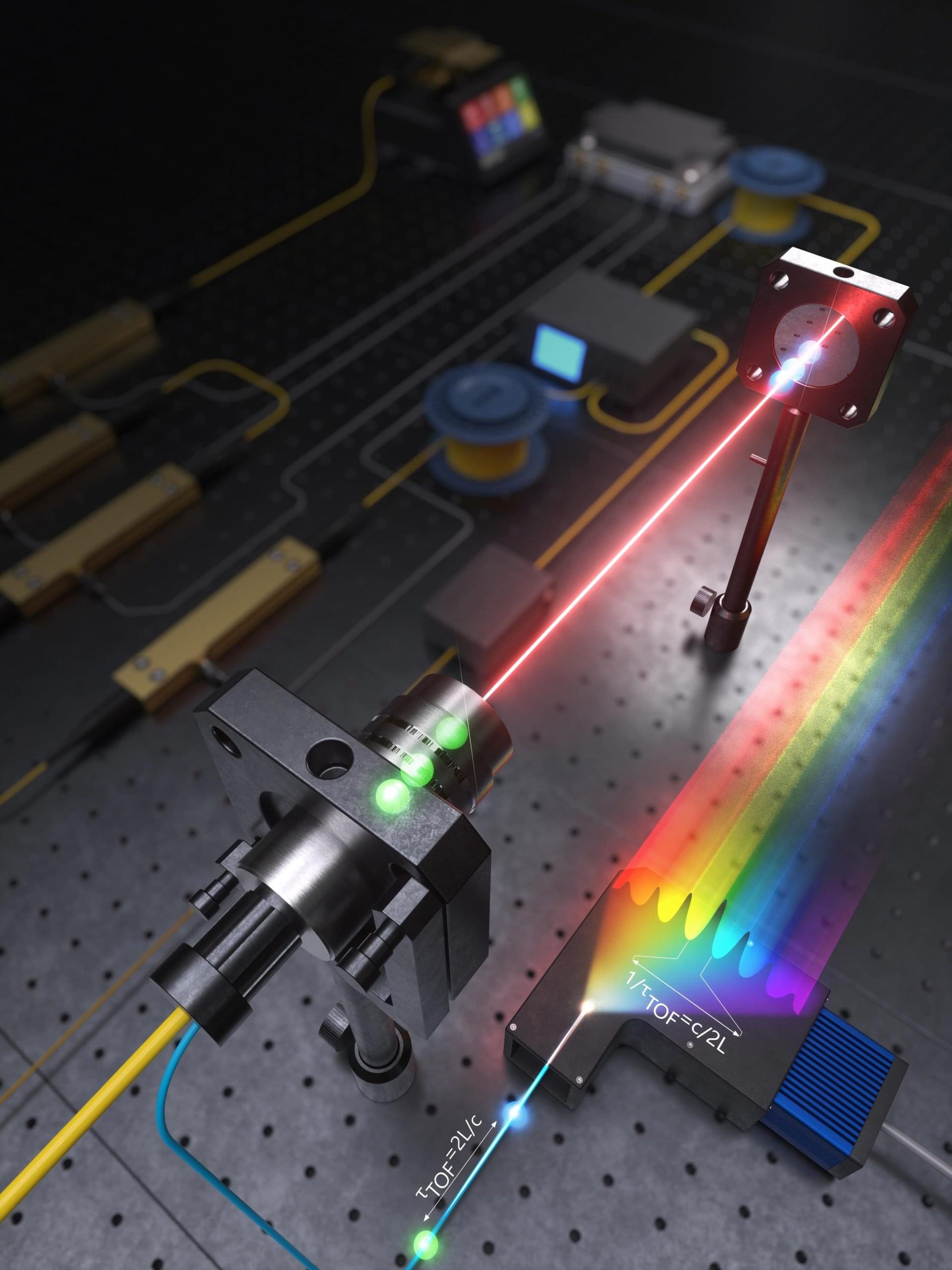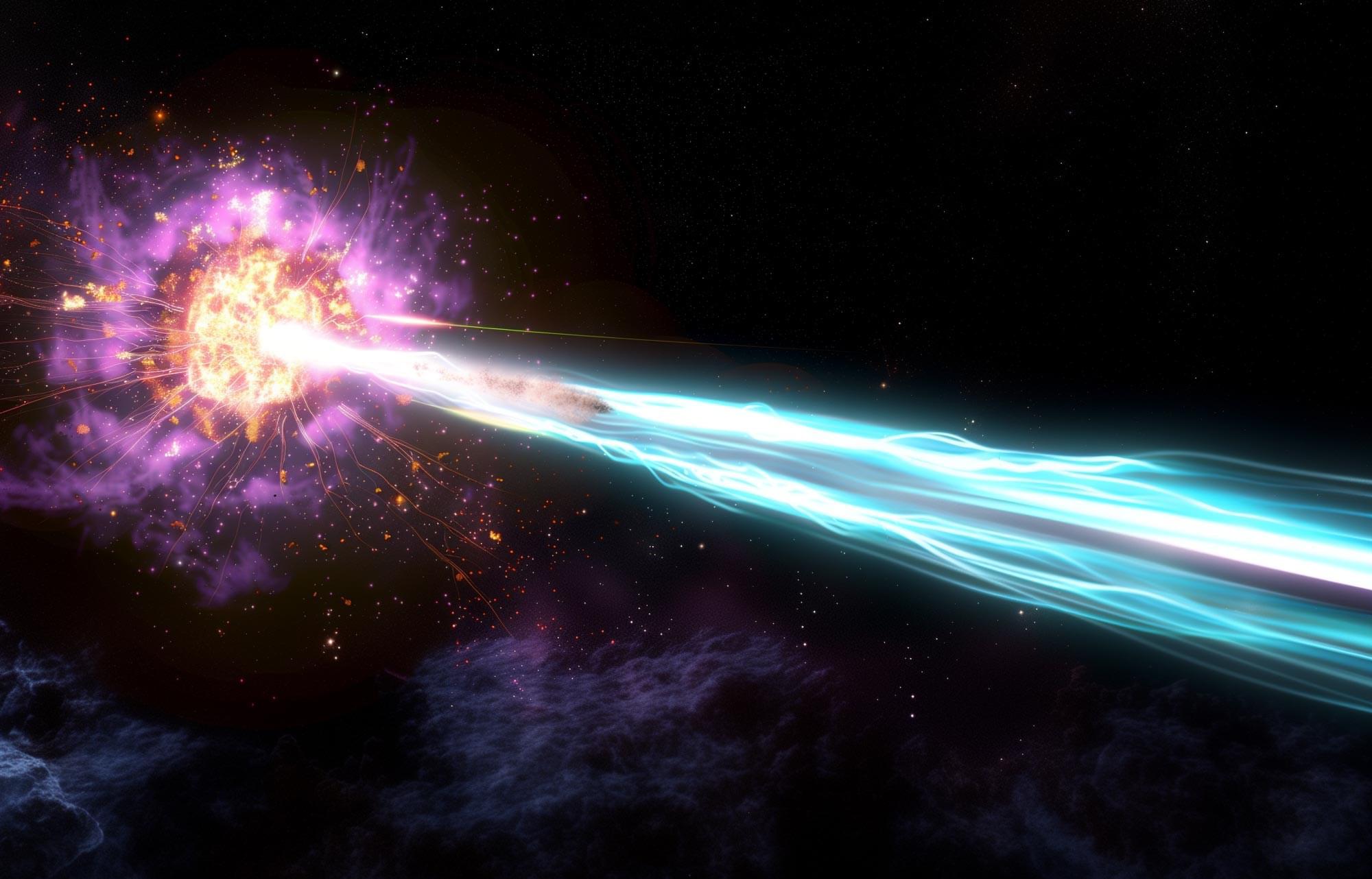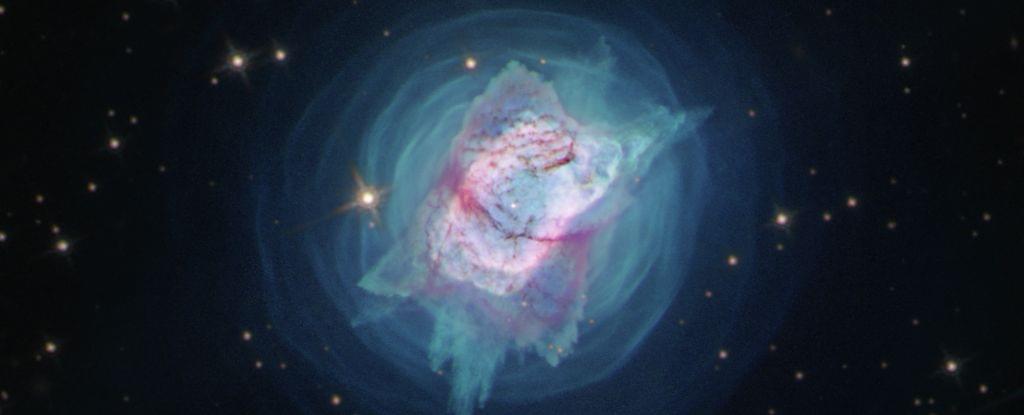The use of disclaimer labels on digitally enhanced portraits could have unintended social consequences for their subjects, according to a study by a team of McGill researchers.
Researchers at the Laboratory for Attention and Social Cognition used beauty filters on a common social media application to gradually edit a total of 300 images of 60 women (from 0% to 100%, 25% at a time). They randomly labeled half of the images as “edited” and the other half as “unedited,” regardless of their level of editing.
A sample of 76 undergraduate students then reviewed the images. The participants were asked to rate the individual’s attractiveness, but also to imagine the person’s social life and some of their social qualities.









